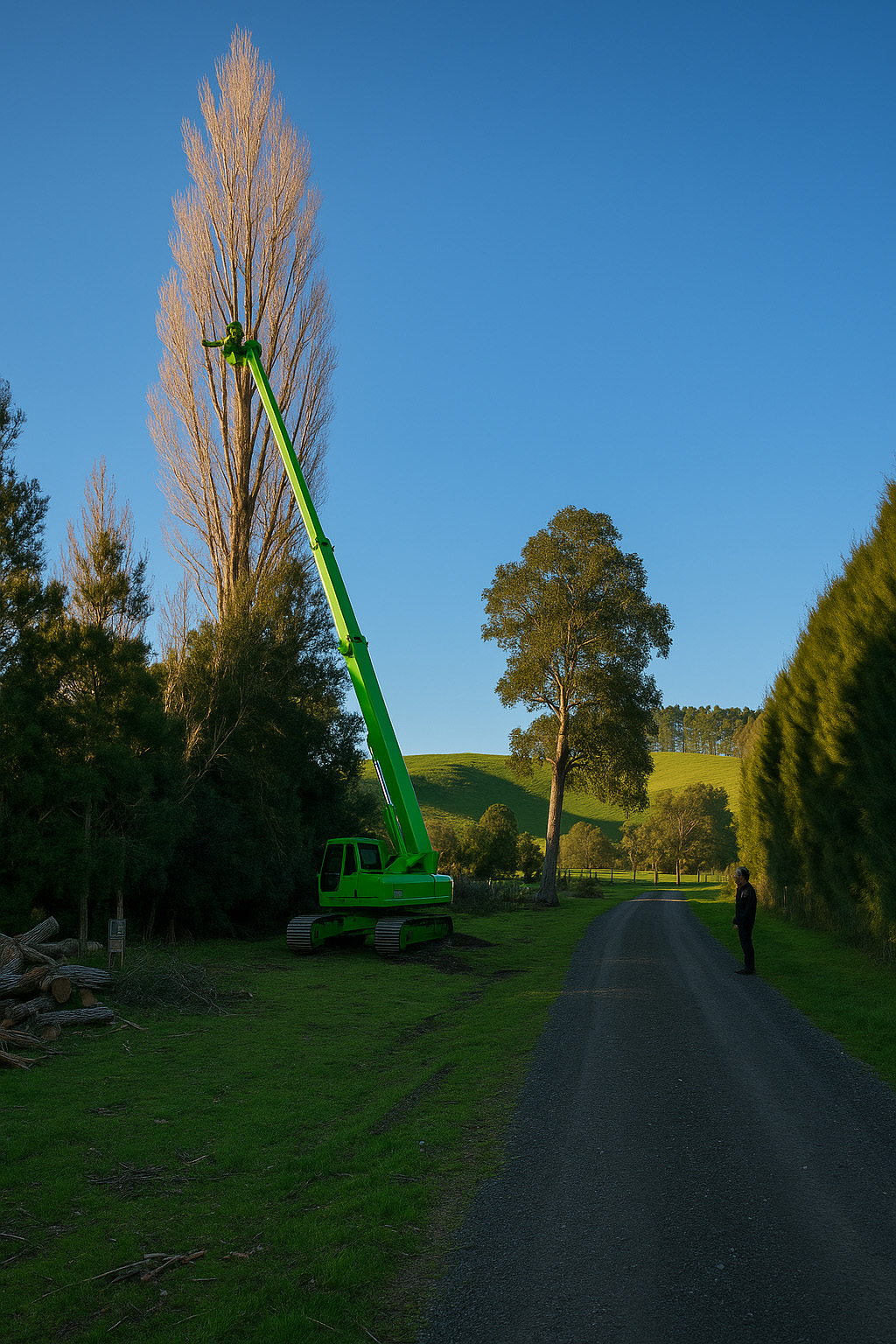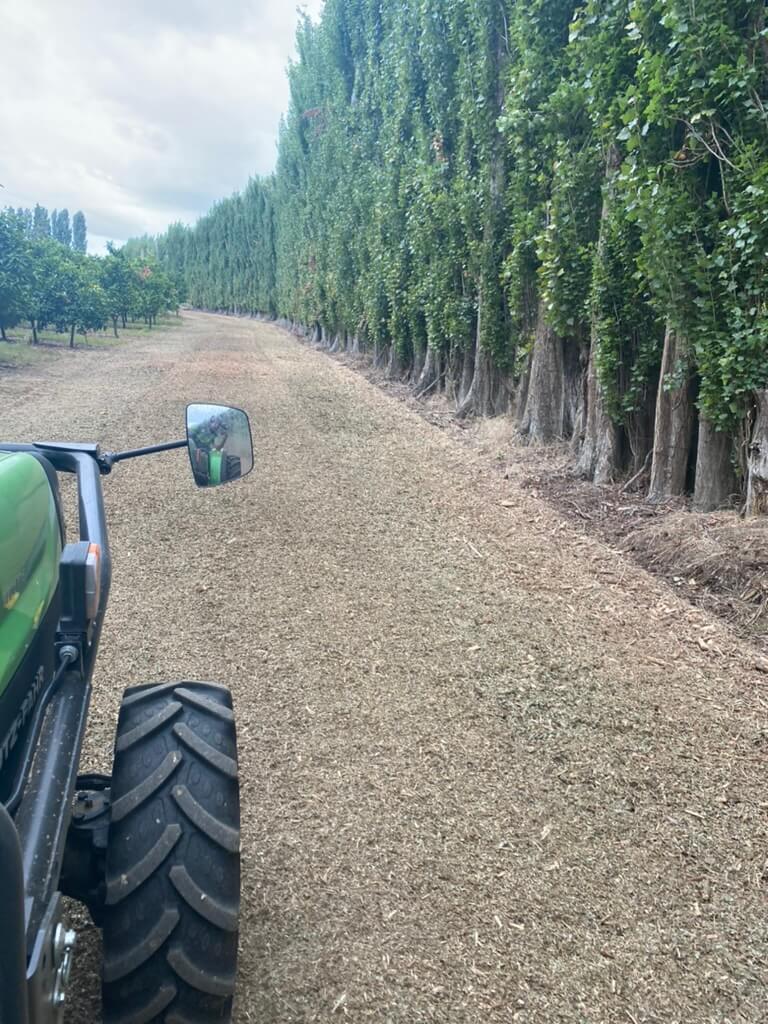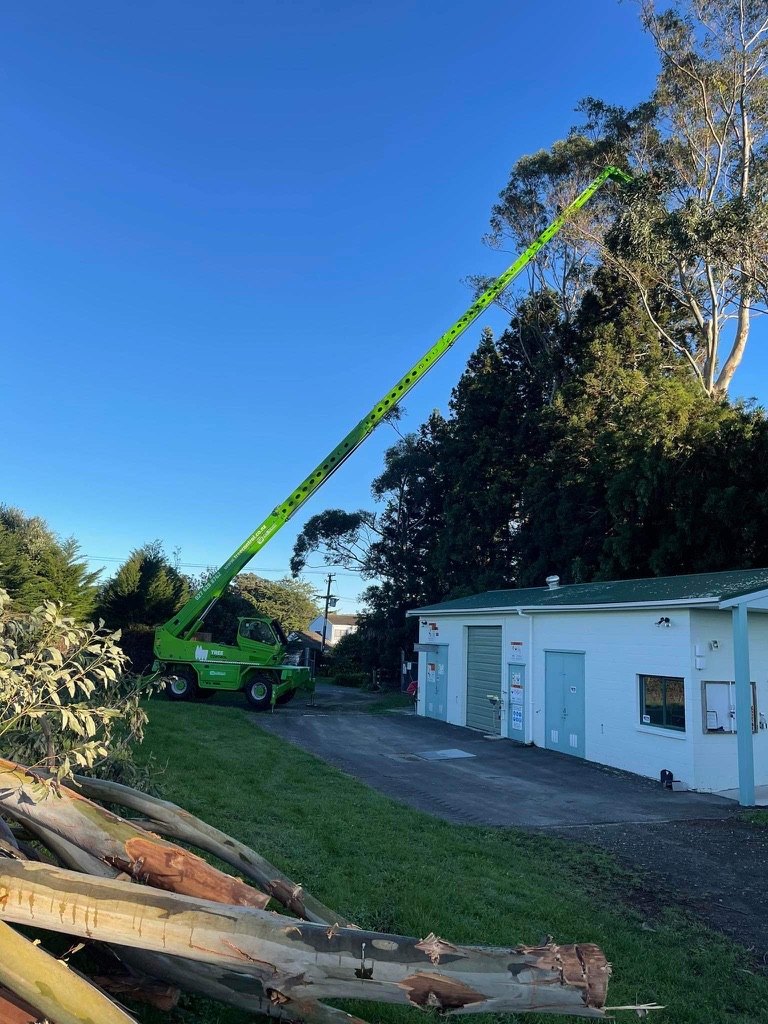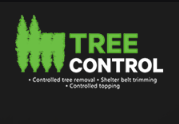What is Tree Removal?
Tree removal is safely cutting down and removing trees from a property. It is necessary for various reasons, including safety concerns, property aesthetics, and land development. Removing hazardous or unwanted trees can help prevent property damage and improve outdoor spaces.
Key Principles of Tree Removal

Voluntariness
Property owners decide when and why a tree should be removed.

Confidentiality
Tree removal services are handled professionally and with respect for privacy.

Impartiality
Arborists assess trees objectively and only recommend removal when necessary.

How the Tree Removal Process Works

Assessment

Planning

Execution
Professionals safely cut and remove the tree in sections if needed.

Cleanup
Common Misconceptions About Tree Removal
Is tree removal only for dead trees?
No, removal may be necessary for diseased, hazardous, or obstructive trees.
Is DIY tree removal safe and cost-effective?
No, improper techniques can result in accidents and property damage.
Must overgrown trees always be removed?
Alternatives such as pruning or topping may be viable solutions.

When is Tree Removal Necessary?
Tree removal is safely cutting down and removing trees from a property. It is necessary for various reasons, including safety concerns, property aesthetics, and land development. Removing hazardous or unwanted trees can help prevent property damage and improve outdoor spaces.
Signs That a Tree Should Be Removed
- The tree is diseased, decayed, or structurally compromised.
- Its roots are damaging nearby structures, driveways, or foundations.
- The tree poses a risk due to proximity to buildings or power lines.
Risks of Delaying Tree Removal
- Unstable trees can fall, causing property damage and safety hazards.
- Diseased trees can spread infections to surrounding vegetation.
- Early intervention prevents costly future repairs and landscape damage.
Proactive Tree Management Benefits
- Maintains the property’s aesthetics and safety.
- Reduces the likelihood of emergency removals.
Understanding the Tree Removal Process
Tree removal is a complex process that requires careful planning and execution to ensure safety and efficiency. The steps involved depend on the tree’s size, location, and potential hazards. Hiring a professional arborist ensures the removal complies with industry standards and local regulations.
How Long Does Tree Removal Take?
The duration of tree removal varies depending on multiple factors. Smaller trees in open spaces can be removed within a few hours, whereas large or structurally compromised trees near buildings or power lines may take a full day or more. Other considerations include weather conditions, required permits, and the complexity of disposal or stump removal.
Factors such as tree size, location, and complexity affect the duration of the removal. A standard removal may take a few hours, while larger or hazardous trees require more time.


How the Tree Removal Process Works
A structured approach is followed to ensure tree removal is performed safely and effectively:

Initial Consultation & Risk Assessment
- The arborist inspects the tree’s health, structure, and surroundings to determine the best removal approach.
- Potential risks, such as weak limbs or proximity to buildings, are identified and assessed.

Safety Planning & Precautions
- A detailed plan is developed to minimise risks to people, property, and infrastructure.
- Safety measures such as harnesses, ropes, and protective barriers are put in place.

Tree Felling or Sectional Removal
- Depending on space constraints, the tree may be felled in one piece or removed in sections.
- Specialised equipment such as cranes or rigging may be used for large or hazardous trees.

Post-Removal Cleanup & Stump Grinding
- The site is cleared of debris, and branches are chipped or removed for recycling.
- Stump grinding or removal is performed to restore the landscape and prevent regrowth.
Special Considerations for Trees Near Buildings or Power Lines
Removing trees in confined spaces requires advanced techniques to prevent structural damage. Arborists use precision cutting methods, ropes, and cranes to control tree sections during removal. Additionally, coordination with utility companies may be necessary when trees are entangled with power lines to avoid electrical hazards.
Arborists use specialised equipment and techniques to prevent damage when working in confined or hazardous spaces.
Resolving Tree Removal Disputes
Tree removal can sometimes lead to disagreements between neighbours or local authorities. Property owners may seek mediation or legal consultation if an agreement cannot be reached. Additionally, local council regulations may dictate when and how tree removals can be carried out, ensuring environmental responsibility and compliance with legal requirements.
Mediation or council regulations may guide the resolution process if an agreement isn’t reached regarding a tree’s removal.

